Hemorrhoid Removal: A Complete Guide to Surgeries and Methods
This delicate problem is not usually discussed, but according to various estimates, up to 45% of adults worldwide suffer from it. The good news is that the disease has been well studied, and modern medicine can offer many ways to treat it.

specialists

equipment

treatment

Symptoms and stages of hemorrhoids
The main symptoms of the disease include:
- Bright red blood in the form of drops or a thin stream after going to the toilet
- Unpleasant sensations immediately after bowel movement
- A feeling of heaviness and pressure inside the anus
- Skin irritation, severe itching near the anus
- A protruding lump outside or inside the rectum, which can decrease on its own or remain unchanged
Hemorrhoids come in different types: internal ones are hidden deep in the intestines, external ones are visible and can become inflamed with the formation of a blood clot. Sometimes internal formations begin to crawl out, causing additional difficulties.
Hemorrhoid development stages are as follows:
- First or initial: only bleeding is observed
- Second or average: nodes protrude slightly outward, but return back inside themselves
- Third or pronounced: you have to manually help the protruding nodes return
- Fourth or advanced: nodular seals constantly stick out, you can’t hide them
As with other diseases, the sooner a person comes to the doctor, the faster and easier the treatment will be.

When to see a doctor
If any signs of hemorrhoids appear, it is important to see a doctor immediately. Here are the main signals that indicate the need to visit a specialist:
- Blood stains are often visible on toilet paper or underwear after going to the toilet
- Constant or periodic itching, tingling, burning or other pain in the anal area
- A small swelling or round formation is visible or felt near the anus
These signs may indicate the development of inflammation of the venous plexus of the rectum, known as hemorrhoids. Without a timely examination, a proctologist will not be able to accurately determine the extent of the problem and choose the right treatment. Women during pregnancy and the elderly should be especially attentive to the symptoms, since they have a higher risk of complications.
Trying to deal with the problem on your own is useless and unsafe. Incorrect treatment will only worsen the situation, but an early visit to a specialist will significantly increase the chances of a quick recovery. So, the main rule is simple: if you have suspicious sensations, go to the doctor!
Methods of treating hemorrhoids
Conservative methods
Conservative treatment of hemorrhoids is divided into three key areas:
- Local effects. For inflamed internal nodes, special suppositories are used to accelerate tissue healing and disinfect the affected area. External hemorrhoids are treated with special ointments and gels that relieve pain, reduce itching and eliminate inflammation. Additionally, it is useful to use warm baths with plant extracts
- Drugs that strengthen the walls of blood vessels. To avoid new attacks, drugs are prescribed that maintain the elasticity of the walls of blood vessels and regulate blood flow. These drugs make the vessels stronger, prevent varicose veins and improve blood circulation
- Changing habits and nutrition. Effective treatment also requires changing daily habits and eating behavior. It is necessary to include in the diet foods that improve digestion and maintain activities that stimulate normal blood circulation in the pelvic floor organs
It is important to understand that without a combination of proper nutrition and moderate exercise, medicinal measures will only have a temporary effect.
Minimally invasive methods
These treatment methods are chosen when standard therapeutic approaches have proven ineffective. Examples of minimally invasive methods for treating hemorrhoids:
- Sclerotherapy - involves the introduction of a special composition directly into the affected area. The drug provokes a kind of blockage of the damaged vessel, stopping the blood flow and gradually causing a decrease in the size of the node
- Photocoagulation. Using a powerful stream of light, a specialist purposefully destroys pathological tissues. Under the influence of high temperature, the cells die, forming a protective crust. Gradually, the injured area heals, forming a strong connection between healthy structures and the site of the former node
These methods are often resorted to when a full-fledged operation is undesirable due to the high risk of side effects.
Surgical methods
Surgery effectively eliminates the problem in severe cases of the disease, especially in the last stages, when other treatment options have been exhausted.
Hemorrhoidectomy
Surgical treatment of hemorrhoids is performed under general anesthesia or local spinal anesthesia. Doctors use two surgical techniques: open and closed methods. The latter is a simple and quick way to solve the problem.
During the operation, the doctor makes a small incision and begins to carefully cut out the diseased node, using a special tool. Then the doctor applies thin sutures with a special material, which then dissolves. Everything is done under anesthesia, so there is no pain. Hemorrhoidectomy surgery is characterized by a short rehabilitation period. Recovery is easy and unnoticeable.
Milligan-Morgan operation
An open technique, in which a hemorrhoid is removed surgically, is called the "Milligan-Morgan operation." When excising the node, the doctor leaves the edges of the resulting wound open, which extends the healing process to about five weeks. Open surgery to remove hemorrhoids guarantees almost 100% absence of recurrence of nodes.
Ferguson operation
Closed hemorrhoid removal involves careful application of special threads after surgery, which subsequently dissolve on their own. This approach is preferable when the fastest possible recovery and reduction of discomfort after surgery are important.
Laser removal of hemorrhoids
Laser therapy of hemorrhoids is a modern and safe method of treating both acute and chronic forms of the disease. This procedure is called "laser vaporization". Recovery after this simple intervention is quick and as painless as possible.
Laser removal of hemorrhoids is chosen for:
- Safety and simplicity. Compared to traditional surgery, laser treatment is bloodless, rarely causes complications and restores the body gently and smoothly
- Quick return to normal life. Already on the first day after the manipulation, patients feel well and can return to their activities without restrictions
- High efficiency. Such therapy is most successful in the early stages of the disease: at the first stage, success is up to 90% of cases, at the second - about 70%. Therefore, it is important to start treatment in a timely manner
Regardless of the complexity of the situation and the individual characteristics of the patient, the laser method is suitable as an independent option or as a supplement to a set of treatment measures.
Dearterization of hemorrhoids HAL-RAR
It is performed under local anesthesia and is a procedure in which a surgeon ligates the artery that feeds the hemorrhoidal node, using special equipment. The resulting void is fixed with a special suture, pulling and securing it in the rectal cavity.
Since the blood supply is stopped, the node begins to slowly shrink and dry out, gradually turning into a minor seal covered with new healthy tissue. Over time, the damaged area is completely replaced by dense connective tissue, and there is no longer a need to restore blood flow.
Latex ligation
This technique appeared in the middle of the last century. Its essence is simple: the doctor carefully places a thin latex ring on the base of the hemorrhoidal cone. The ring compresses the base of the node, limiting the access of blood. As a result, the natural process of excess tissue death begins. Then a dense protective shell is formed, preventing further development of pathology.
Preparing for surgery
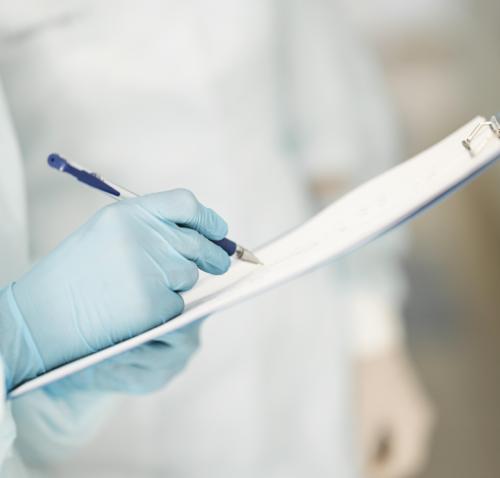
How the operation is performed
The intervention is performed by proctologists specializing in the treatment of diseases of the rectum.
The operation itself looks something like this:
- The patient is placed on a special table and anesthesia is administered - local or general
- The doctor carefully cuts the skin around the hemorrhoids and removes the nodes themselves along with the surrounding tissues
- After removal, stitches are applied with special threads, which then dissolve on their own
- Upon completion of the operation, the wound is treated with antiseptic solutions and covered with a sterile bandage
Usually the operation lasts about an hour. A couple of hours after the procedure, the patient can get up and walk, although minor pain and discomfort are possible in the first few days.
Technique
Hemorrhoid removal surgery is performed in several stages, such as:
- Preparation. The patient lies down on the operating table in the required position. The doctor administers an anesthetic
- Beginning of the operation. The surgeon gently spreads the buttocks and fixes the rectum with a special instrument called a retractor. Then the area affected by the hemorrhoid is carefully exposed
- Removing the node. The doctor makes a small incision in the skin near the inflamed area and grasps the node with a clamp. Using special instruments, he separates the tissues that connect the node to adjacent structures, trying to minimize damage to the surrounding tissues. Then the vascular pedicles are tied with a special thread that prevents bleeding. The hemorrhoids are carefully removed to the outside
- Completion of the operation. The resulting wound is cleaned with an antiseptic solution, possible bleeding is stopped and stitched up with neat sutures. A clean gauze bandage with a medicine is applied over the wound
Then the patient only needs to follow the doctor's recommendations.
Anesthesia
During hemorrhoid removal surgery, two main types of anesthesia are used - local and general. The first is an injection of a special drug directly into the intervention area. The patient is conscious, but does not feel anything below the waist.
Advantages of local anesthesia:
- Fast recovery after surgery
- Minimal impact on the body
- The doctor can observe the body's reaction during the procedure
Disadvantage - some patients experience anxiety and fear before the procedure, while being fully conscious.
With general anesthesia, the anesthesia immerses the patient in a deep sleep for the entire period of the operation. Before the procedure, the drug is administered intravenously, the patient loses consciousness and wakes up only after the procedure is completed.
Advantages of general anesthesia - discomfort and stress are completely eliminated, suitable for patients with severe pain or large nodes.
Disadvantages - a longer period of recovery from anesthesia, nausea and weakness are possible after awakening.
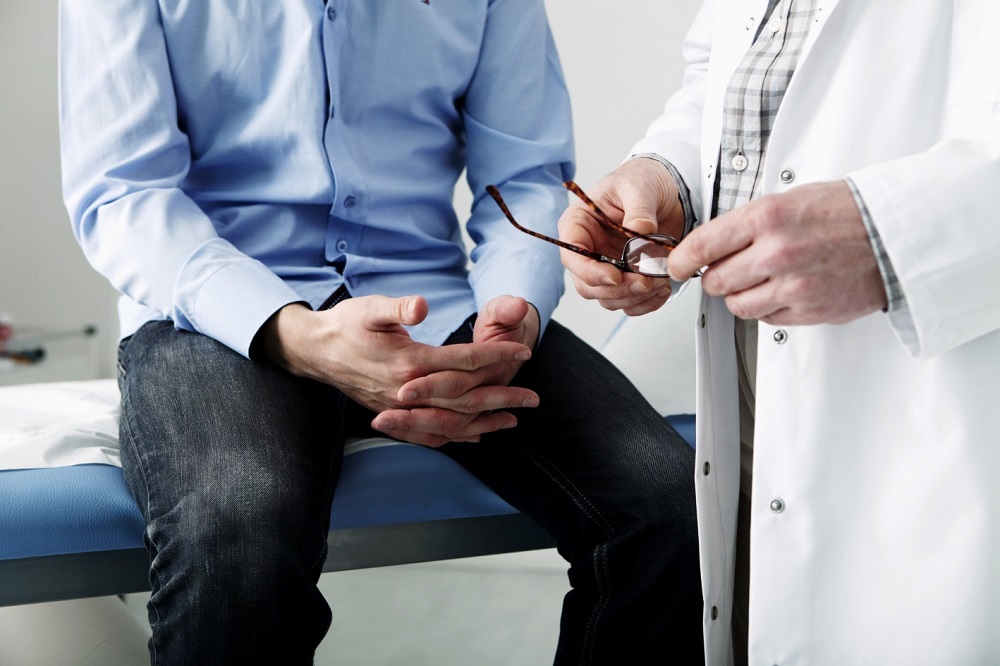
Possible complications and side effects
Any surgical intervention carries certain risks of complications and side effects. Here are the main possible problems after hemorrhoid removal surgery:
- Bleeding. It is quite common and goes away on its own. If the blood oozes profusely, additional consultation with a specialist will be required
- Pain. The first days after surgery may be accompanied by pain in the anus, especially when sitting or defecating. Doctors prescribe medications to relieve discomfort
- Swelling and inflammation. Sometimes swelling and redness develop around the treated area. It is important to follow hygiene recommendations and inform the doctor of any changes in health
- Infection. Symptoms include increased body temperature, increased pain, and the appearance of purulent discharge. Urgent medical attention is required
Most patients tolerate the surgery well and quickly return to normal life.
Complications after surgery
Although hemorrhoid removal surgery is considered safe, the following complications sometimes occur:
- Venous thrombosis. In rare cases, blood clots form inside the vessels of the rectum. May manifest as pain and swelling. Treatment includes taking anticoagulants and anti-inflammatory drugs
- Stricture (narrowing of the lumen). In rare cases, scar tissue narrows the anal canal, making it difficult for feces to pass. Then it is necessary to perform a repeat corrective surgery
- Relapse of the disease. In some patients, signs of hemorrhoids reappear even after successful surgery. The most common cause is non-compliance with the diet and an unhealthy lifestyle
Most complications are reversible and are treated conservatively. The main thing is to contact a specialist in time if alarming signs appear.
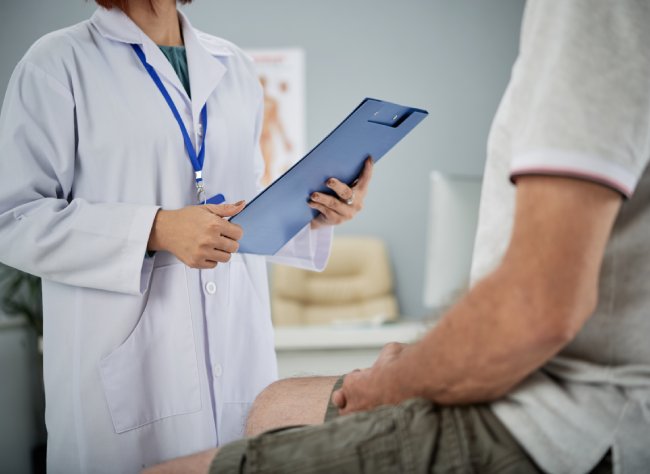
Pain syndrome
Surgical removal of hemorrhoids is a procedure that involves cutting tissue and working with sensitive areas of the body. Therefore, almost every patient experiences some level of pain. Most often, pain occurs immediately after the anesthesia wears off and lasts for several days.
Typical manifestations of pain syndrome:
- Burning and tingling in the area of surgical intervention
- Discomfort when trying to go to the toilet
- Malaise, a feeling of tension in the pelvic floor muscles
To reduce pain, doctors prescribe various medications:
- Painkillers and suppositories
- Ointments and gels for local action
A special diet with a high content of fiber and water is also recommended, which makes stool easier and reduces the load on the operated area.

Infectious and inflammatory processes
After hemorrhoid removal surgery, infection is quite rare. The risk of its development increases if hygiene is poor, the sutures are poorly treated, or there are chronic inflammatory bowel diseases.
Signs of an infectious process after surgery:
- Increased body temperature
- Increased pain in the anus
- Redness and swelling in the area of the sutures
- The appearance of yellow or green discharge from the wound
- Unpleasant odor
If symptoms of inflammation appear, you should immediately contact your doctor. The sooner treatment is started, the less likely it is to have serious consequences. Standard therapy for infection includes broad-spectrum antibiotics, local antiseptics, and anti-inflammatory ointments.
To avoid infectious complications, you need to adhere to the following rules:
- Maintain hygiene
- Avoid sitting for long periods of time
- Wear comfortable underwear made of natural materials
- Follow your doctor's recommendations regarding nutrition and lifestyle
Proper adherence to rehabilitation measures significantly reduces the risk of infections and speeds up recovery after surgery.
FAQ
Why do scars sometimes remain inside the anus after hemorrhoid removal?
The scar remains where there were large nodes or tissue incisions. Usually, such scars are almost invisible and do not affect health in any way.
Is it possible to remove hemorrhoids forever?
— By removing the nodes, doctors eliminate the problem, but not the cause of its occurrence. If the lifestyle and diet remain the same, new nodes may grow again.
What to do if you have severe pain after hemorrhoid removal?
Pain is normal during the first few days after surgery. You need to follow your doctor's recommendations: take painkillers, follow a diet, carefully clean the wound area, and avoid stress.
How many times a day is it acceptable to go to the toilet after surgery?
It is best to go to the toilet as needed, trying to avoid constipation — excessive straining is dangerous.

This award is given to clinics with the highest ratings according to user ratings, a large number of requests from this site, and in the absence of critical violations.

This award is given to clinics with the highest ratings according to user ratings. It means that the place is known, loved, and definitely worth visiting.

The ProDoctors portal collected 500 thousand reviews, compiled a rating of doctors based on them and awarded the best. We are proud that our doctors are among those awarded.
Make an appointment at a convenient time on the nearest date
Price
Other services







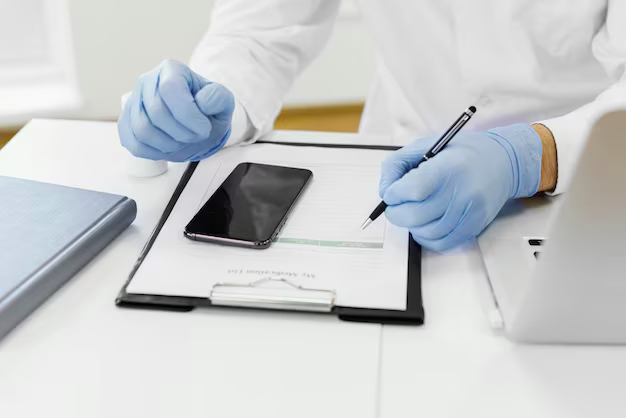
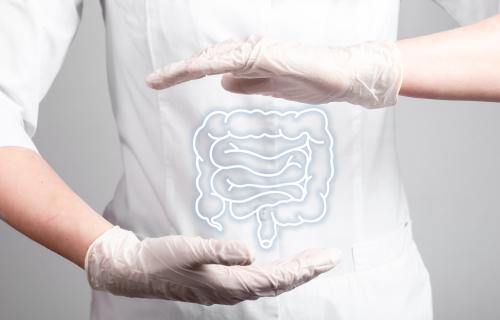


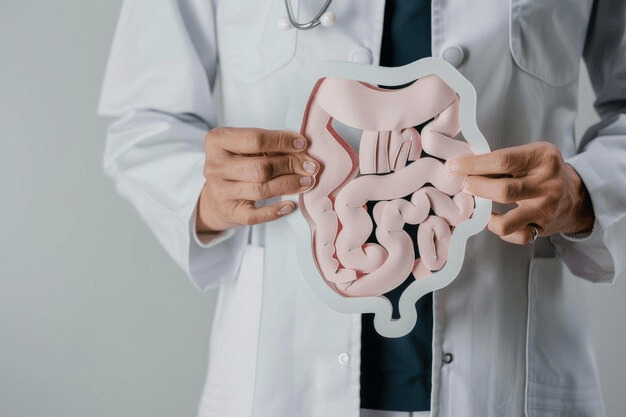
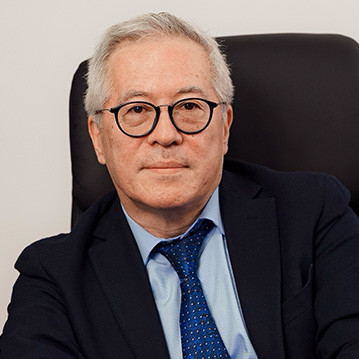


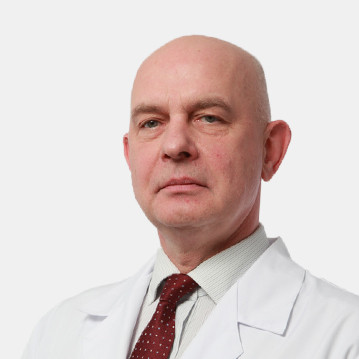
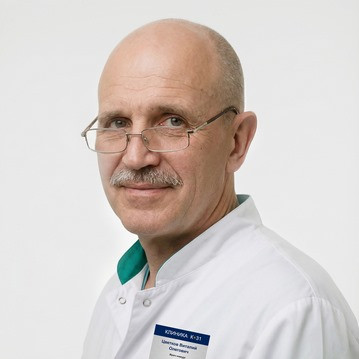
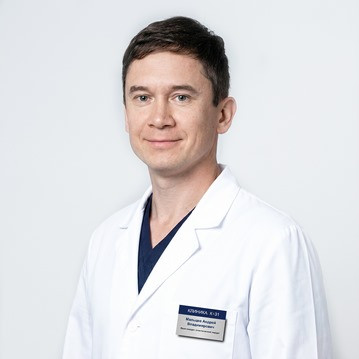


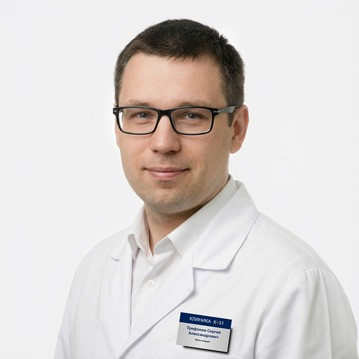
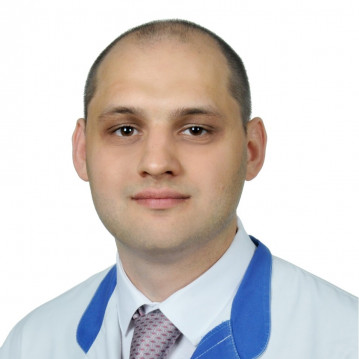

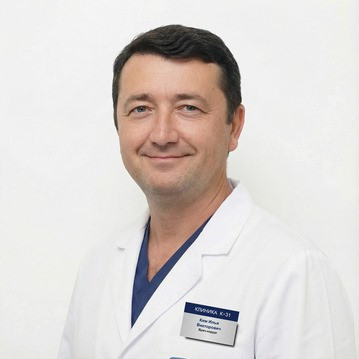



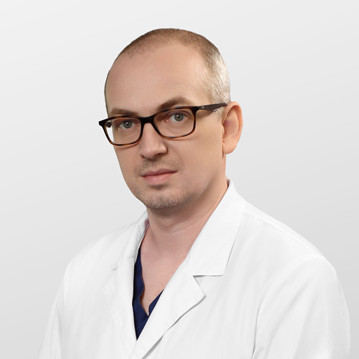
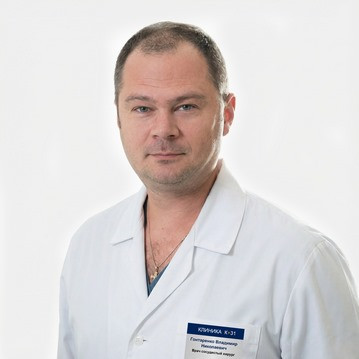

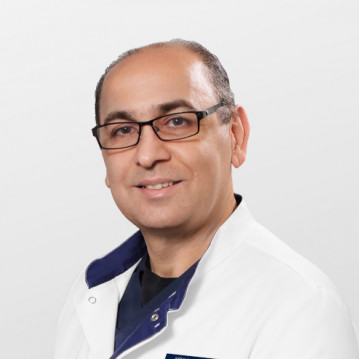



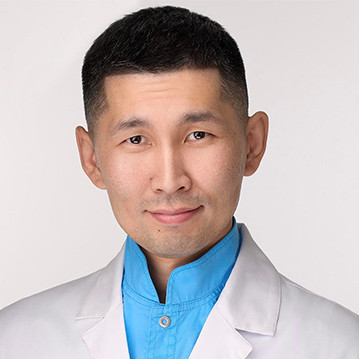



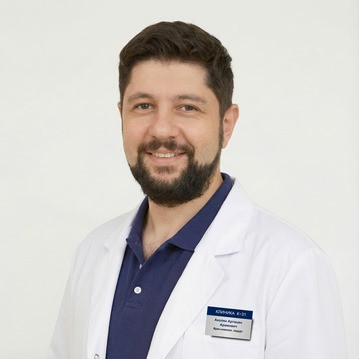



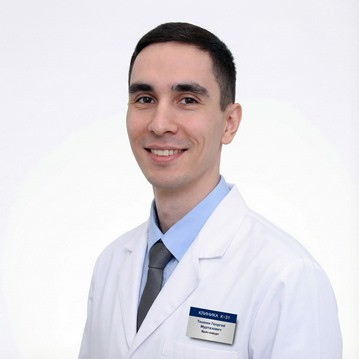
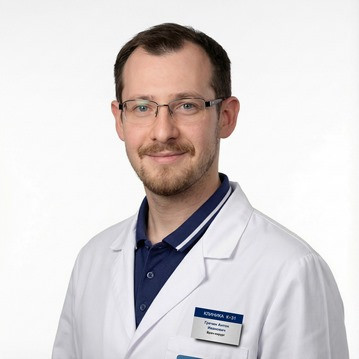
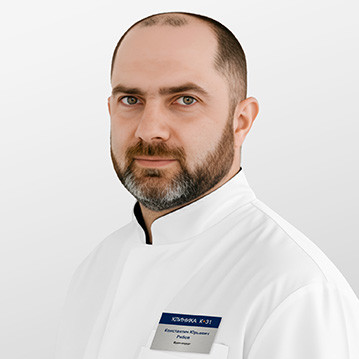

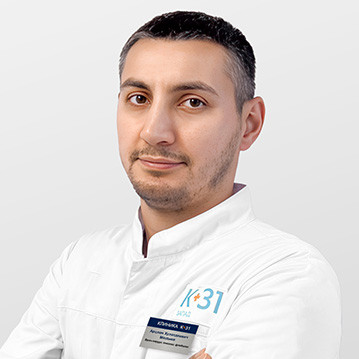
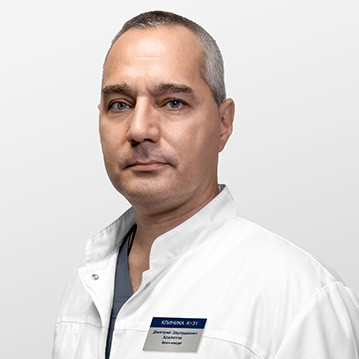
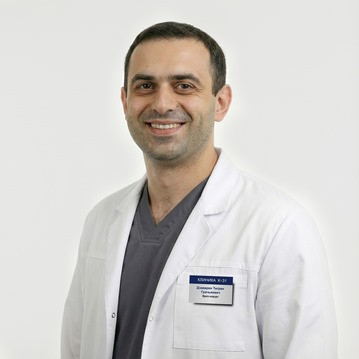

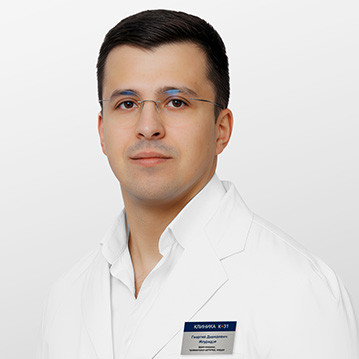

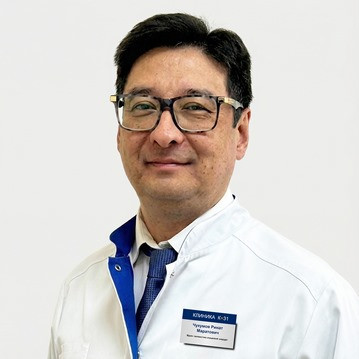










General information about hemorrhoids
Every fifth person is familiar with this disease, and many prefer to silently endure the discomfort, fearing public condemnation. Hemorrhoids are an inflammation of the blood vessels of the rectum caused by stagnation of blood, which causes painful bumps to form around the anus. Symptoms of the disease include itching, a feeling of heaviness in the lower abdomen, bleeding during bowel movements, and even pain when moving.
This problem most often occurs due to a sedentary lifestyle, prolonged sitting, pregnancy, chronic digestive problems such as constipation, and poor nutrition. Risk factors include heavy physical work, obesity, and genetic predisposition.
The most important thing is to contact a specialist in time, because self-medication is dangerous and ineffective. Properly selected therapy relieves discomfort in just a couple of weeks and prevents the problem from recurring. Modern treatment methods allow us to resolve the issue carefully and comfortably, returning the patient to the joy of an active, fulfilling life.